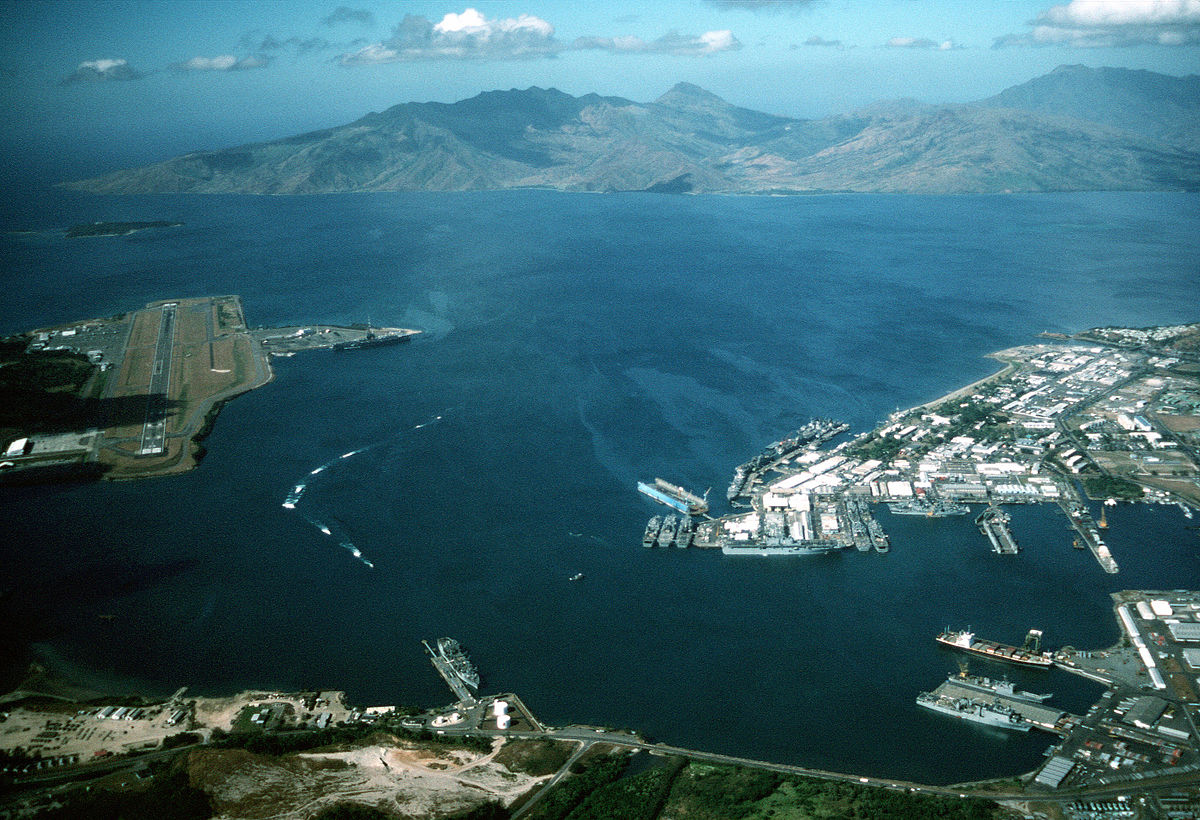So the purpose of this thread is two part
1) Why didn't the US include the entirety of the Spanish possessions in the Pacific when they forced the Spanish to accept the annexation of Guam, the Philippines, and Puerto Rico. In OTL besides Guam and the Philippines the Spanish had possessed a large number of various islands in the Pacific with some being quite strategic. In OTL after the end of the Spanish American War the Spanish ended up selling the remainder of it's Pacific possessions to Germany. Germany would then lose them in WW1 and afterwards they would become a Japanese League of Nations Mandate ( Though the Japanese ignored the "temporary mandate" part). In OTL some of those islands would prove incredibly strategically valuable including some very fine harbors for naval vessels. In OTL during and before WW2 the IJN's main base outside of Japan was Truk Lagoon. It was their bastion in the Central Pacific (though the US did end up just bombing and bypassing it).
2) What would the effects be of the US buying all of those various islands and atolls at the same time as Guam and the Phillipines. I assume these various islands would be considered in the same category as Guam (IE permanent possessions).
1) Why didn't the US include the entirety of the Spanish possessions in the Pacific when they forced the Spanish to accept the annexation of Guam, the Philippines, and Puerto Rico. In OTL besides Guam and the Philippines the Spanish had possessed a large number of various islands in the Pacific with some being quite strategic. In OTL after the end of the Spanish American War the Spanish ended up selling the remainder of it's Pacific possessions to Germany. Germany would then lose them in WW1 and afterwards they would become a Japanese League of Nations Mandate ( Though the Japanese ignored the "temporary mandate" part). In OTL some of those islands would prove incredibly strategically valuable including some very fine harbors for naval vessels. In OTL during and before WW2 the IJN's main base outside of Japan was Truk Lagoon. It was their bastion in the Central Pacific (though the US did end up just bombing and bypassing it).
2) What would the effects be of the US buying all of those various islands and atolls at the same time as Guam and the Phillipines. I assume these various islands would be considered in the same category as Guam (IE permanent possessions).
